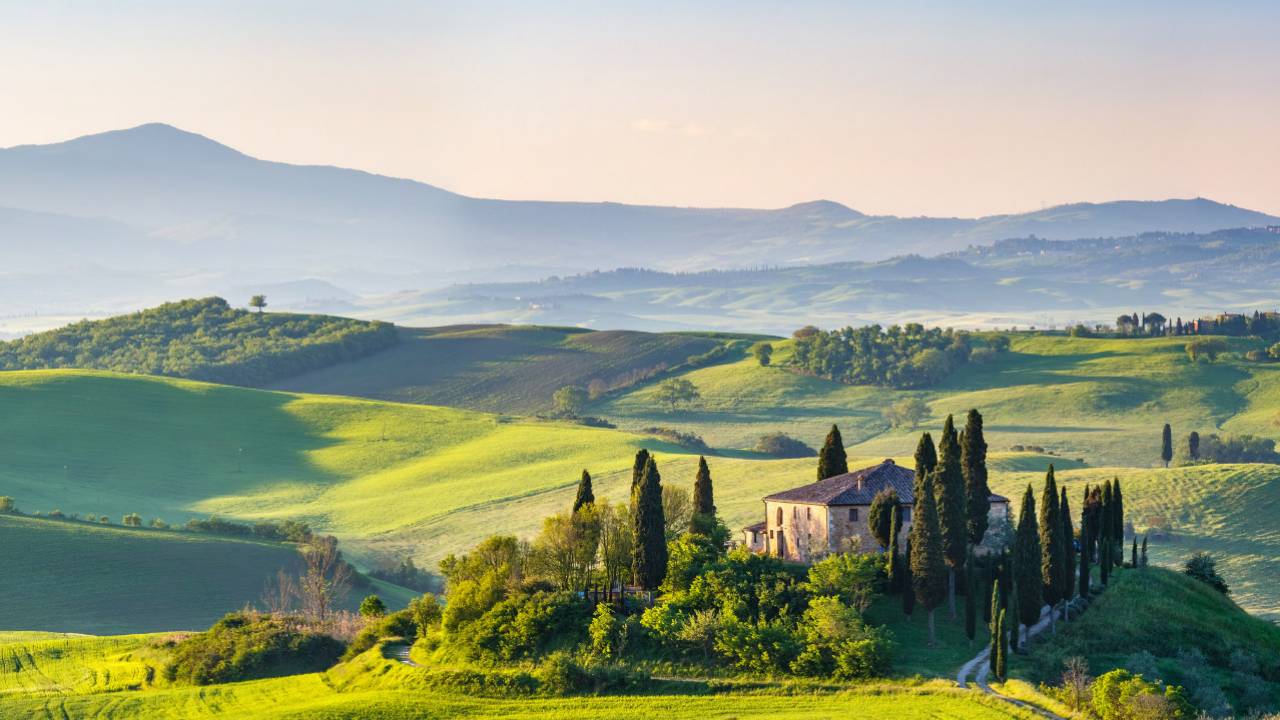
Introducing the wines of Tuscany
Tuscany is the red wine powerhouse of Central Italy, a rural paradise of grapevines and cypress trees stretching down the west coast, with Florence at its heart. World-famous red wines such as Chianti Classico, Brunello di Montalcino and the Super Tuscans have long made Tuscany a popular destination for wine tourists. Until you get the chance to make the trip, here's the next best thing: a whistlestop Butler's tour of the great Tuscan wines.
Chianti
Chianti is without doubt one of Italy’s most important wines. Readers of a certain vintage will remember Chianti red wines encased in a rounded fiasco bottle and straw basket... and often questionable quality. High demand led to higher grape yields, overproduction and a tarnished reputation. The Chianti fightback began in the late 1970s, when production rules were modernized and quality standards raised. As a result, the Chianti appellation was awarded Italy's highest classification, Denominazione di Origine Controllata e Garantita (DOCG) status, in 1984.
Chianti wines have grown in stature ever since, trading on the inimitable qualities of the Sangiovese grape variety. It's full of acidity, a warm ruby hue and packed with delicious cherry flavours. It's so versatile too; as adept at light, juicy everyday reds as complex, full-bodied, structured wines with years of ageing potential.

Image from The Wine Society .
- Chianti Classico Annata is aged for 12 months before release and is the most accessible style
- Chianti Classico Riserva steps up the ageing to 24 months, adding greater complexity
- Chianti Classico Gran Selezione is aged for 30 months. This top tier is relatively new, only in place since 2014.
1. CEPPARELLO, ISOLE E OLENA 2016 (£90)

Let's kick off with one of the best producers in Chianti, Isole e Olena. We're among the lucky few to have a small allocation of their flagship wine, Cepparello. This 100% Sangiovese is crafted by Paolo De Marchi and his belief that truly great wines only come from the best-kept vineyard. It's declassified as a Toscana IGT wine, because Sangiovese is used unblended... but sometimes you have to break the rules to make something truly special (more on this below).
2. FELSINA BERARDENGA RANCIA CHIANTI CLASSICO RISERVA 2015 (£52.50)

3. CHIANTI BISKERO SALCHETO 2019 (£13.99)

Montalcino
South of Chianti is the area of Brunello di Montalcino, one of the warmest, driest parts in Tuscany making unblended red wines using a particular clone of Sangiovese. Brunello wines show intense colour and body with ageworthy tannins. There are 200 wineries but only 2000 hectares of vines, massively limiting production levels and ratcheting up desirability and prices.
There are two quality levels for the wines of Montalcino. The lighter, easier Rosso di Montalcino is typically made from grapes that don't quite make the cut for Brunello wines. But that bar is so high that the value offered by these declassified wines is generally incredible.
On to the real deal. Brunello di Montalcino must be aged for at least two years in oak and three in bottle. The results are incredibly complex wines that age gracefully for many years - especially the best Brunello vintages. In their youth they're structured, perfumed and powerful; with age Brunello wines soften and develop violet and earthy notes.
Here's our pick to get you started in Montalcino.
1. LA MANNELLA ROSSO DI MONTALCINO, CORTONESI 2018 (£19.99)

La Mannella is not a small vineyard, but only eight of its 50+ hectares is set aside for Brunello wines. Cortonesi takes grapes from the remaining vines to create a Rosso di Montalcino that could easily take on some of its big Brunello brothers. It not only has those trademark cherry, rosemary and thyme notes, but also a darker intensity not found in many Rossos.
As for the famed Brunello di Montalcino, these are a couple of corkers:
2. CONTI COSTANTI BRUNELLO MONTALCINO 2015 (£82.95)

3. CASTELLO ROMITORIO BRUNELLO DI MONTALCINO 2016 (£69.50)

Super Tuscans
To the west of Chianti lie the rebels. The DOCG regulatory rewriting of the 1970s saw loud dissent from producers around the coastal town of Bolgheri regarding the upweighting of Sangiovese in blending stipulations. In protest, they declassified their wines and got busy blending in Cabernet Sauvignon and Merlot as well, making instantly iconic wines.
This was the birth of the Super Tuscans - the likes of Sassicaia and Tignanello, which aren't hard to find but command super-premium prices. Fortunately we have a Super Tuscan with all the hallmarks of the style but a much more accessible price tag.
ARGIANO SOLENGO IGT 2017 (£53)

Argiano was one of the founder members of the Consorzio di Brunello in 1967, but Solengo only came into being after the owner brought in Giacomo Tachis, the man behind Sassicaia, Tignanello and Solaia, as consultant oenologist. Under his guidance, the Sangiovese vineyards were extended, Bordeaux varieties planted and cellars modernised. Nothing has been left to chance in the vineyards, which are now organic and mapped into six separate zones by acclaimed Chilean terroir consultant, Pedro Parra.
The 2017 Solengo is a hot-vintage Super Tuscan personified - all dark berries, spice, chocolate, coffee and beautifully integrated oak. Despite its explosive power, it's so soft and round in the mouth, with an excellent fresh acid boost, deft tannins and decades of ageing potential.
---
Hopefully this post has tempted you to try some of the great wines of Tuscany. We know it's not the easiest region to get your head around, so if you have any questions, feel free to get in touch. As ever, Team Butler is here to help!

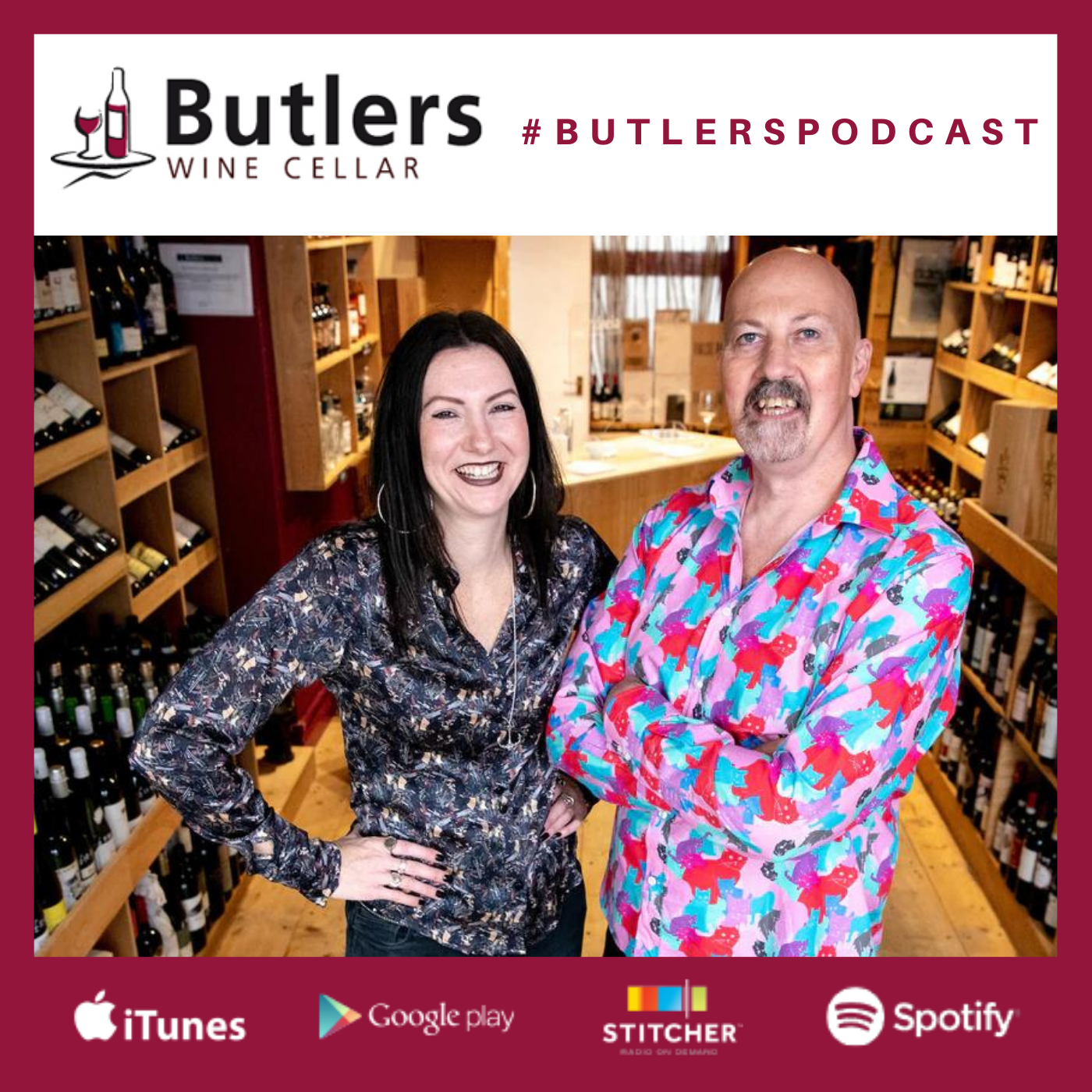

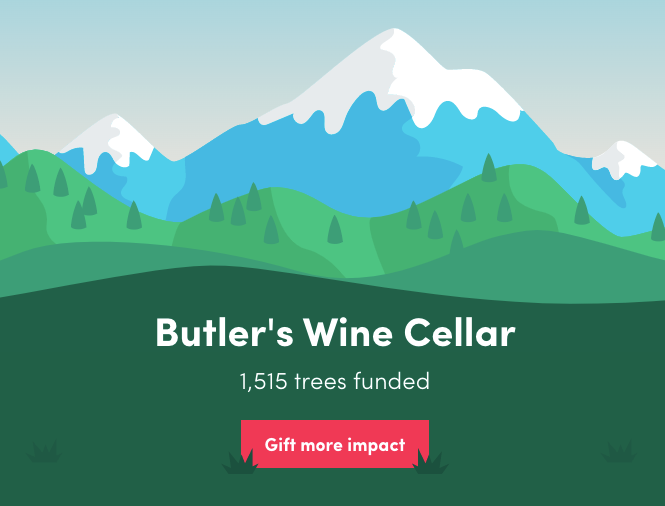
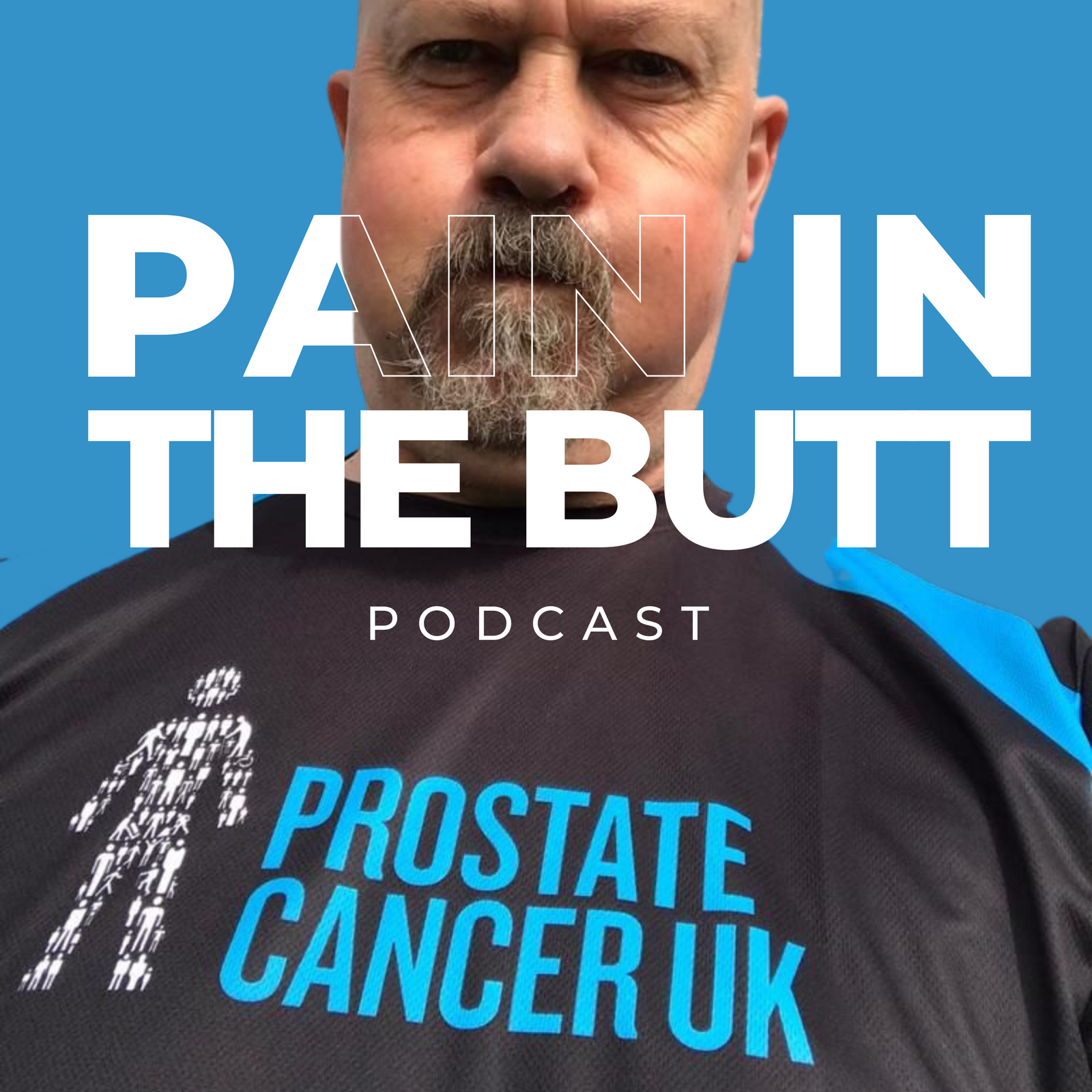
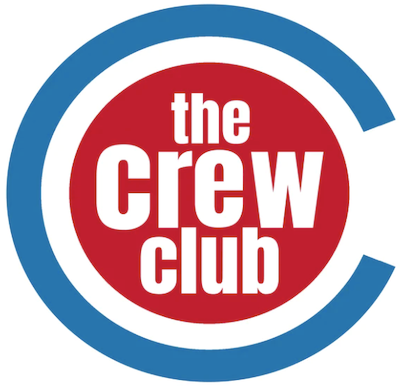
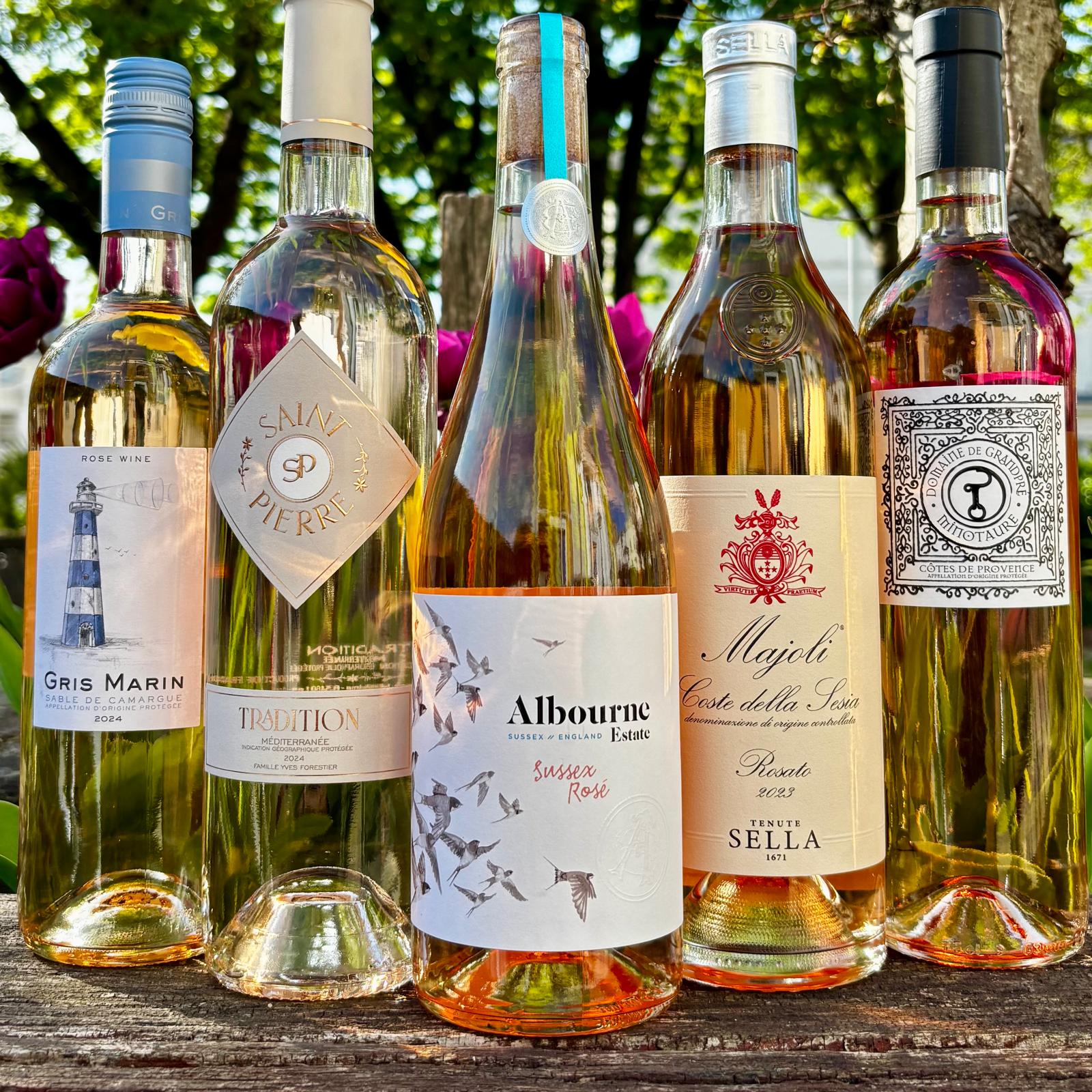
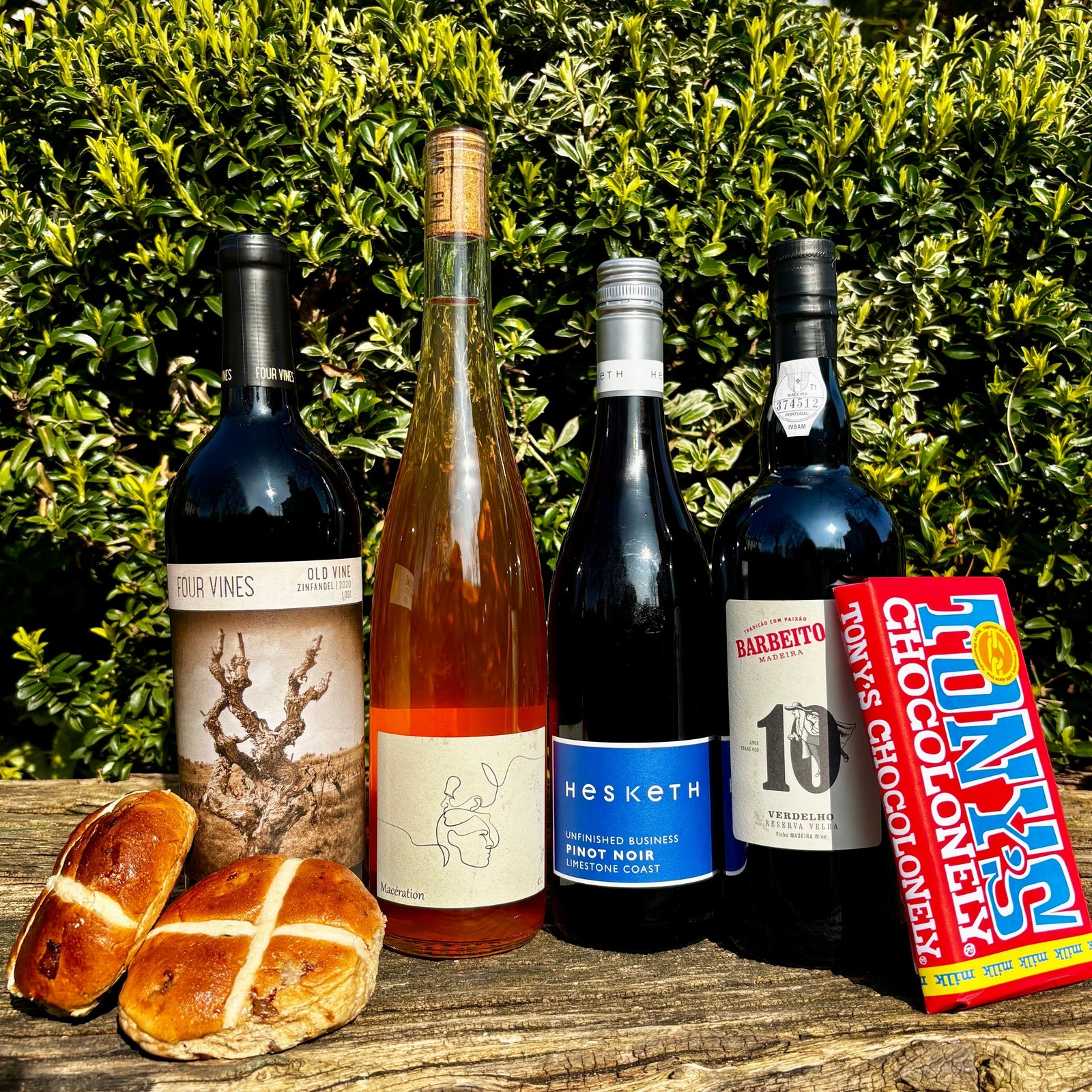
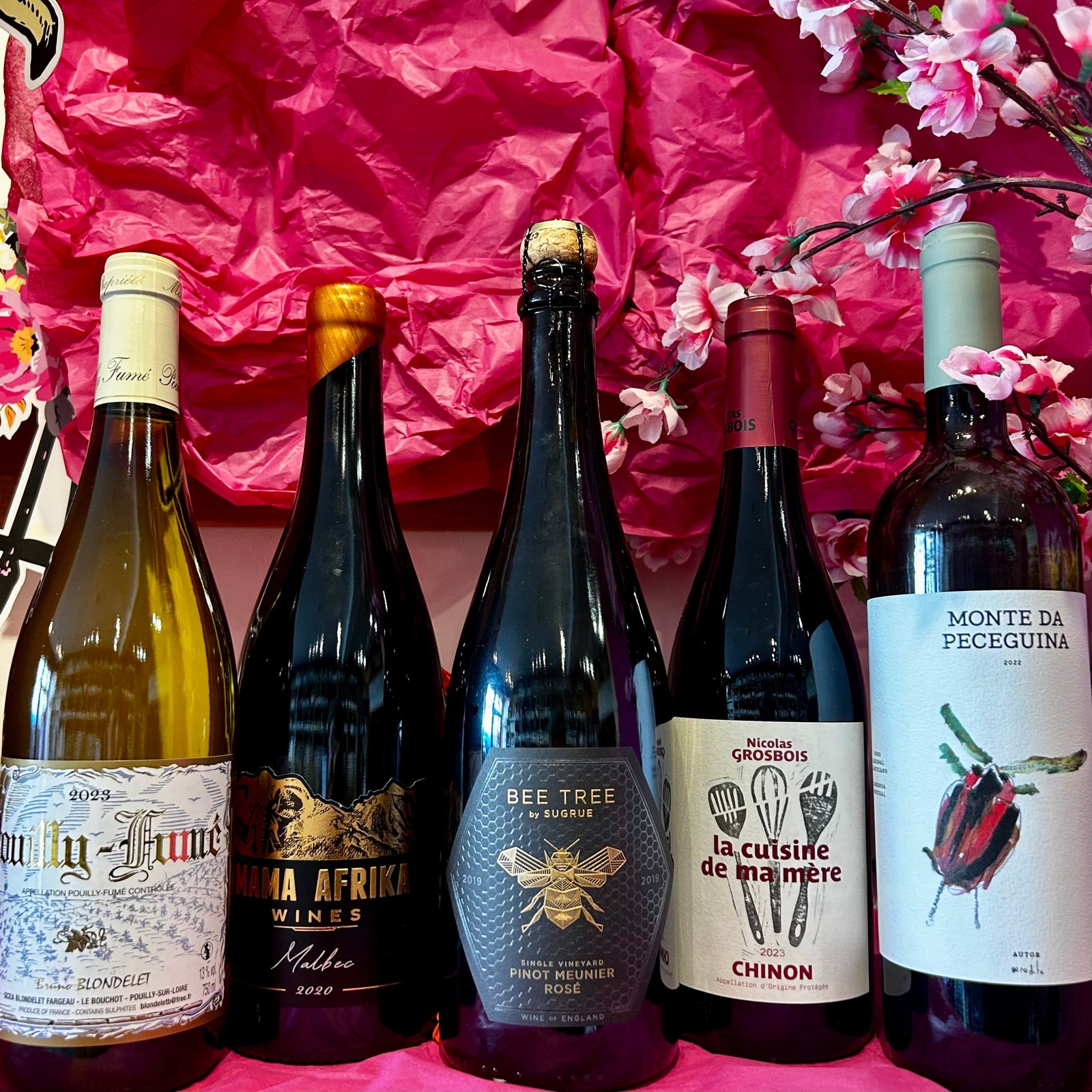
Leave a comment (all fields required)